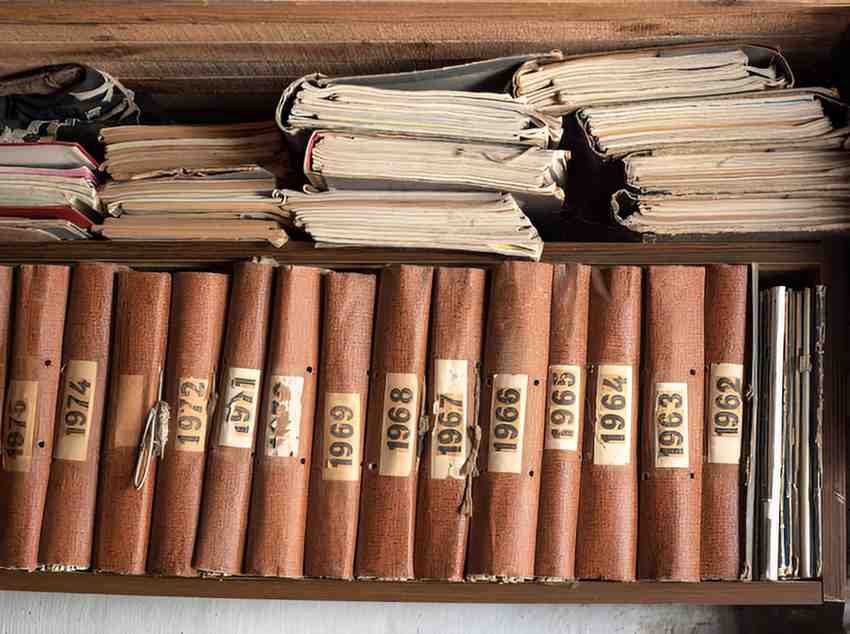Commodity trading can seem complex, especially when starting. But when I began learning about the London Metal Exchange (LME), I realized how foundational it is to the global commodities market. In this guide, I’ll walk through how LME works, its core functions, and how to use it to understand and participate in commodity trading.
Table of Contents
What Is the LME?
The London Metal Exchange is the world’s largest futures exchange for industrial metals. It acts as a marketplace where buyers and sellers agree to exchange metal contracts. Founded in 1877, the LME sets global benchmark prices for metals like aluminum, copper, nickel, tin, zinc, and lead. It’s part of the Hong Kong Exchanges and Clearing group (HKEX) since 2012.
Key Functions of the LME
- Price Discovery – LME provides a transparent mechanism for determining the price of industrial metals.
- Hedging – Producers, consumers, and traders can lock in prices to manage risk.
- Physical Delivery – Contracts allow for delivery of physical metal through a network of approved warehouses.
- Speculation and Arbitrage – Traders can speculate on price movements or exploit price differentials across time or geography.
LME vs Other Commodity Markets
| Feature | LME | CME (Chicago Mercantile Exchange) | NYMEX (New York Mercantile Exchange) |
|---|---|---|---|
| Primary Focus | Base Metals | Financials, Agriculture, Energy | Energy, Metals |
| Physical Delivery | Yes | Yes (limited in financials) | Yes |
| Daily Official Prices | Yes | No | No |
| Contract Flexibility | Daily, Monthly, 3M Forward | Monthly | Monthly |
How Contracts Work
When I trade on the LME, I can use spot, futures, or options contracts. The most common is the 3-month rolling futures contract. Let me explain the pricing logic with a simple example.
Suppose copper trades at $8,500 per metric ton on the spot market. If I expect prices to rise in three months, I could buy a futures contract now.
If the future price rises to $9,000, I make:
Profit = (Future\ Price - Entry\ Price) \times Contract\ Size = (9,000 - 8,500) \times 25 = 12,500\ USDEach copper contract is for 25 metric tons, so the math checks out. But if the price falls, I lose money in the same way.
Margin and Leverage
LME contracts are margined, meaning I don’t pay the full value upfront. Instead, I post an initial margin. Suppose it’s 10%.
Initial\ Margin = 0.10 \times 8,500 \times 25 = 21,250\ USDThis leverage amplifies both gains and losses. If the price falls just 5%, I lose more than half my margin.
Loss = 0.05 \times 8,500 \times 25 = 10,625\ USDLME Trading Schedule
LME offers three main trading mechanisms:
- Ring Trading – Traditional open-outcry system.
- LMEselect – Electronic trading platform.
- Telephone Trading – Still active for many participants.
Trading hours vary by metal and mechanism, but most activity centers around UK business hours.
LME Warehouses and Physical Delivery
The LME operates a global warehouse network where metals are stored. If I hold a contract to expiry, I can take delivery of the actual metal. But most traders close out their positions before delivery. That said, warehouse stock levels influence prices.
Let’s say zinc inventories fall by 20%. That can drive prices up due to scarcity concerns. This shows how warehouse data feeds into speculative decisions.
Hedging With LME
As a manufacturer, I may want to hedge against rising aluminum prices. Suppose I plan to buy 100 metric tons in 3 months. I sell four LME futures contracts now (each is 25 tons). If prices rise, my futures gain offsets my higher physical cost.
Here’s a simplified version:
- Spot Price Now: $2,400
- Futures Contract: $2,450
- Price in 3 Months: $2,600
Net result:
Net\ Exposure = 20,000 - 15,000 = 5,000\ USD\ Cost\ Increase\ Instead\ of\ 20,000This example shows how hedging reduces risk.
Speculation and Arbitrage Opportunities
Many traders speculate on short-term price movements. Some practice calendar arbitrage, which involves buying a metal for one delivery date and selling it for another.
Suppose:
- March Copper: $8,500
- June Copper: $8,650
- Storage + Financing Costs: $100
Arbitrage Profit:
Profit = 8,650 - 8,500 - 100 = 50\ USD\ per\ tonOn 25 tons:
Total\ Profit = 50 \times 25 = 1,250\ USDThis only works if the cost of carry is less than the spread.
Types of LME Contracts
| Contract Type | Description |
|---|---|
| Daily Contracts | Settle daily up to 3 months ahead |
| Monthly Contracts | Settle monthly from 3 to 60 months |
| Options | Right but not obligation to buy/sell at a strike price |
| TAPOs | Trade Average Price Options – settled at average over a period |
LME Pricing Terms
The LME sets three official prices each day:
- Official Price – Used for physical contracts
- Closing Price – Basis for margin calls
- Settlement Price – Used for daily settlements
All prices are quoted in US dollars per metric ton. This makes LME prices global benchmarks.
Risks of Commodity Trading
I always evaluate my risk tolerance before entering trades. Some common risks include:
- Market Risk – Prices can move against me.
- Liquidity Risk – Some contracts are less actively traded.
- Currency Risk – LME trades in USD, so there’s FX risk if I deal in another currency.
- Counterparty Risk – Minimized by clearing through LME Clear.
US Perspective on LME Trading
In the US, most retail investors use ETFs or commodity funds. Direct LME access often requires a broker membership. Still, US companies (like Boeing or GE) use LME to hedge against raw material price swings.
US economic conditions also influence LME pricing. A strong dollar tends to depress commodity prices because it makes metals more expensive for other currency holders.
Example: LME and Inflation Hedging
During inflationary periods, metals often rise. Suppose inflation is 5% annually, and I expect copper to keep pace.
- Current Copper Price: $9,000
- Expected Price Next Year: 9,000 \times (1 + 0.05) = 9,450\ USD
Buying copper futures could act as an inflation hedge. But this depends on whether inflation feeds into industrial demand.
Using LME Data for Investment Decisions
Even if I don’t trade directly, I monitor LME data. Inventory levels, futures curves, and daily prices tell me about industrial demand and supply chains. If aluminum stocks fall while prices rise, that signals tight supply.
This kind of analysis helps me adjust my portfolio. For example, if LME prices suggest rising construction activity, I may increase exposure to industrial ETFs.
Final Thoughts
Learning the LME structure helped me understand how global trade and economics influence metal prices. Whether I’m hedging, speculating, or just analyzing trends, LME data offers real-world signals. The exchange may seem opaque at first, but it becomes intuitive with consistent study. That’s the key to using it effectively.





